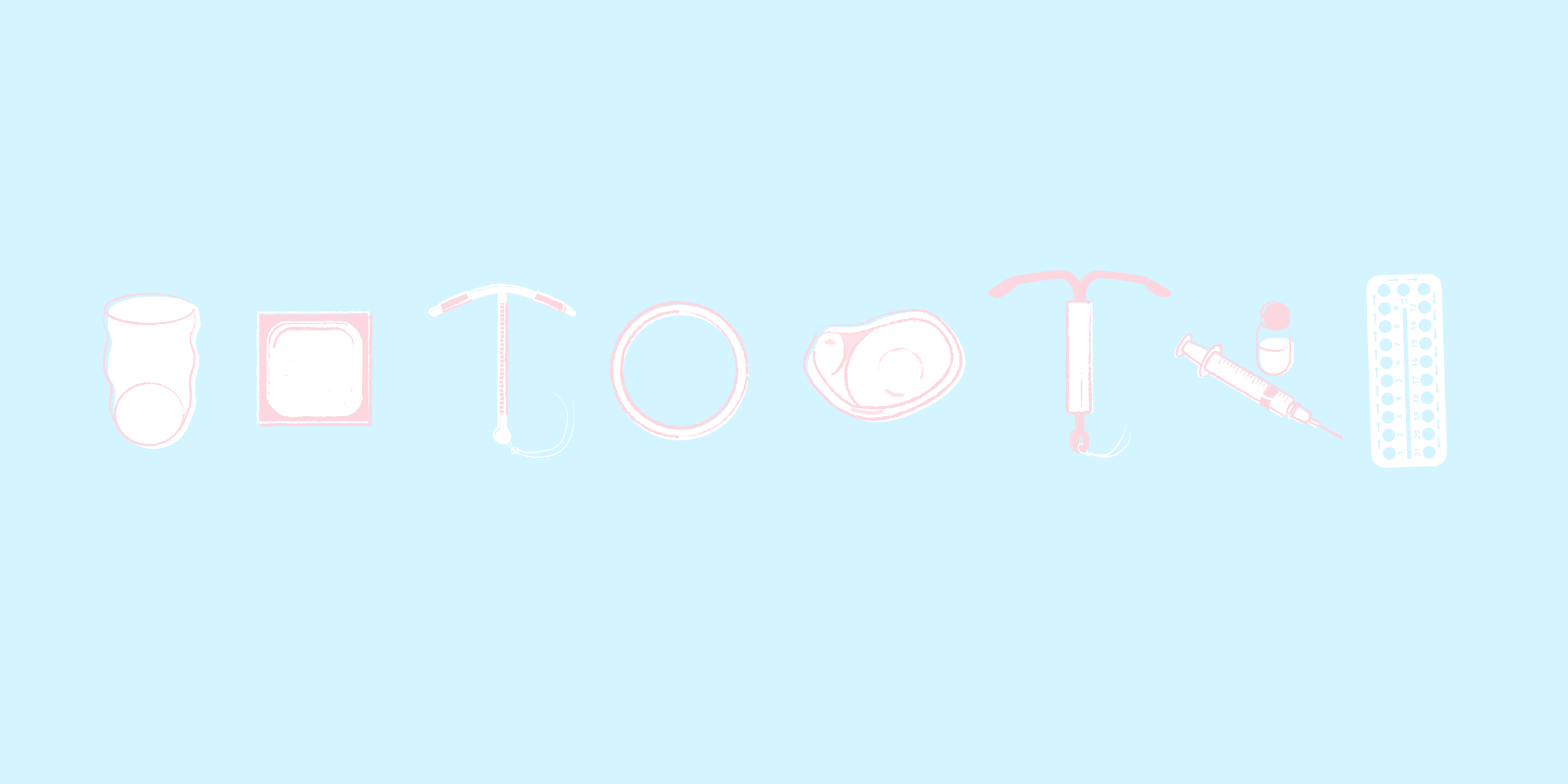Key Takeaways
- Have you ever wondered how environmental toxins can affect your fertility?
- From heavy metals in food to pesticides in the air, discover in our article how these invisible dangers affect both male and female fertility.
- Learn more about the sources of these pollutants and how you can protect your health and fertility.
Have you ever wondered how environmental toxins might affect your fertility? In our modern world, you are exposed to a variety of chemicals and pollutants daily, often without realizing their impact on your health. These invisible dangers can have significant consequences for your reproductive capabilities, affecting both women and men. From heavy metals in food to pesticides in the air, the risk factors for fertility are diverse.
In this article, you’ll learn about the different types of environmental toxins and their sources. We will explore how these substances can affect male and female fertility. Additionally, you will gain insights into the links between pollution, diet, and lifestyle.
Chemical Pollutants
Every day, you are exposed to numerous environmental chemicals found in pesticides, plastics, textiles, and even sunscreens. While they serve useful functions in these products, they can have harmful effects when they enter your body through food, air, or skin contact.
Endocrine Disruptors
Endocrine disruptors are substances that can interfere with your hormonal system. Found in food packaging, cosmetics, clothing, and even children's toys, these chemicals can mimic or alter your hormones even in small amounts, affecting biological processes such as growth, development, and reproduction.
Heavy Metals
Heavy metals like lead, cadmium, and mercury can also impact your fertility. Lead can cause menstrual irregularities, while cadmium can reduce sperm quality and quantity. Mercury, commonly ingested through large fish like tuna, can disrupt your hormone balance.
Impact on Male Fertility
Spermatogenesis Disruption
The lifelong process of sperm production in the testes, spermatogenesis, is crucial for fertility. Environmental toxins can disrupt this complex process. Studies have shown that sperm density in men nearly halved between 1938 and 1988. Chemicals like phthalates may impair testosterone production and degrade sperm quality.
Hormonal Imbalances
Endocrine disruptors in your environment can upset your hormonal balance. These substances can mimic or block hormones like testosterone. For example, the banned insecticide chlordecone acts estrogenically and reduces sperm quality. Such hormonal disturbances can lead to decreased fertility.
Genetic Damage
Pesticides and other environmental toxins can increase the risk of testicular and prostate cancer in men. The anti-worm chemical dibromochlorophenol has been linked to infertility in studies of plantation workers in Costa Rica. These toxins can cause genetic damage, long-term impairing reproductive health.
Impact on Female Fertility
Cycle Disruptions
Environmental toxins can disrupt your hormonal balance, leading to menstrual cycle irregularities. Endocrine disruptors found in everyday products can mimic or block your hormones, affecting ovulation or even preventing it. Smoking and alcohol consumption also negatively impact fertility.
Miscarriage Risk
Environmental pollutants increase the risk of miscarriage. These substances can cross the placenta and affect your unborn child, causing developmental issues or birth defects. The critical periods during pregnancy and breastfeeding are particularly sensitive to these toxins.
Fetal Development Issues
Environmental toxins can disrupt the development of your baby in the womb. Pollutants absorbed through air or skin can cross the placental barrier, leading to malformations or developmental delays. Toxins can also be transmitted to your baby through breast milk.
Conclusion
The diverse impacts of environmental toxins on your fertility are significant. From chemical pollutants to endocrine disruptors, these invisible dangers affect your reproductive health. Being aware of these risks and taking steps to reduce your exposure is crucial.
Medically Reviewed
This text was created by medical editors on the basis of specialist medical literature and current studies. Our aim is to work scientifically, identify sources and regularly check that the content is up to date.
References & Literature
- Engelmeyer, A. (Ed.). (2008). Start ins Leben: Einflüsse aus der Umwelt auf Säuglinge, ungeborene Kinder und die Fruchtbarkeit; Fragen und Antworten. Umweltbundesamt.
- Farren, Jessica et al.: The psychological impact of early pregnancy loss (Human Reproduction Update, 2018
- Gaskins AJ, Mumford SL et al (2009) Effect of daily fiber intake on reproductive function: the biocycle study. Am J Clin Nutr 90:1061–1069
- Mumford SL et al (2016) Dietary fat intake and reproductive hormone concentrations and ovulation in regularly menstruating women. Am J Clin Nutr 103:868–877





